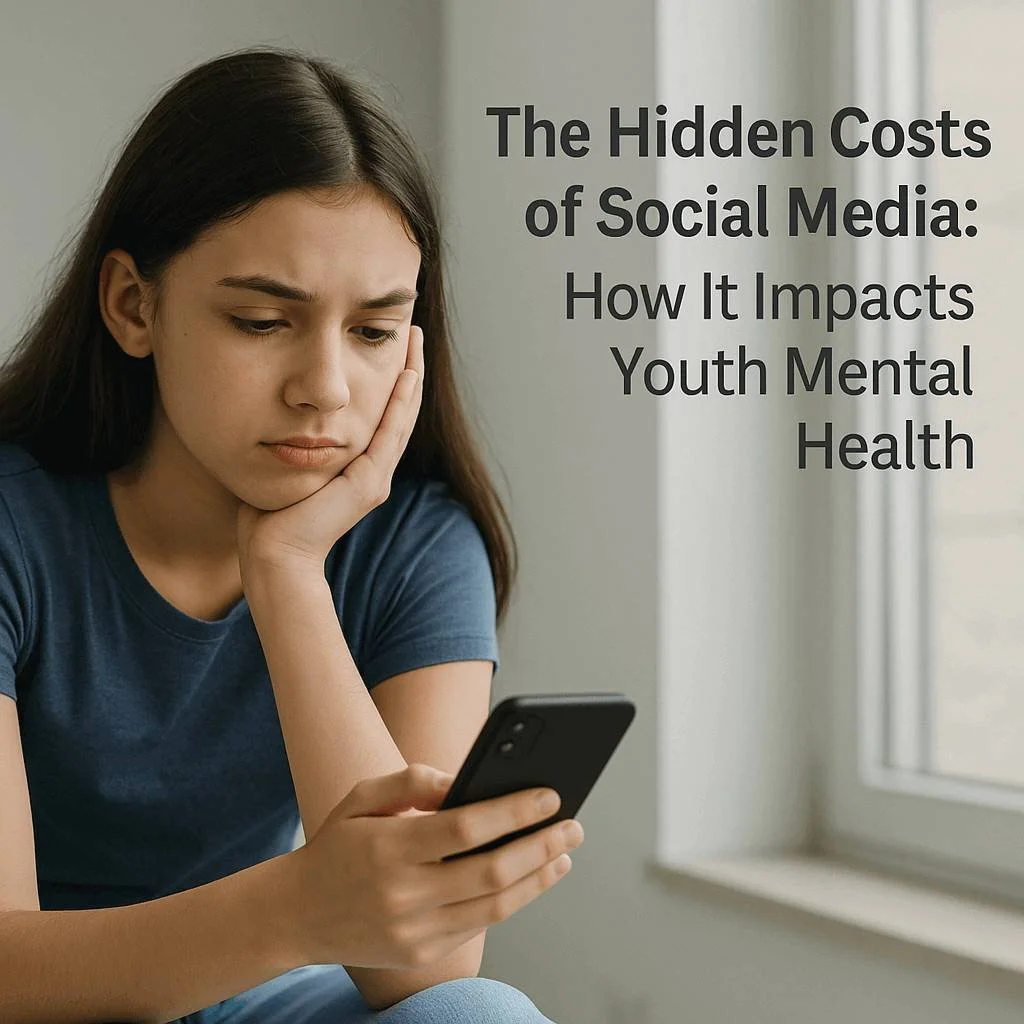
The Hidden Costs of Social Media: How It Impacts Youth Mental Health
Social media is shaping how today’s youth see themselves and the world around them. Learn how it impacts teen mental health — from self-esteem and sleep to anxiety and cyberbullying — and what parents can do to support healthier digital habits.

